As part of the Interreg INACO project, a thematic excursion took place on April 26, 2025, in the Neusiedler See – Seewinkel National Park. The aim of the event was to actively engage local citizens in a dialogue about the regional impacts of climate change and to explore the project’s adaptation strategies through direct, on-site interaction.
Climate Change as a Direct Threat to Natural Landscapes and Cultural Heritage
Austria’s project pilot region around Lake Neusiedl is a unique natural treasure that also holds significant cultural heritage. At the same time, it is a highly sensitive ecosystem increasingly affected by water scarcity and prolonged dry periods - serious challenges that heighten the risk of wildfires and endanger the diversity and preservation of local flora, fauna, and cultural heritage. These issues were at the heart of the excursion.
.
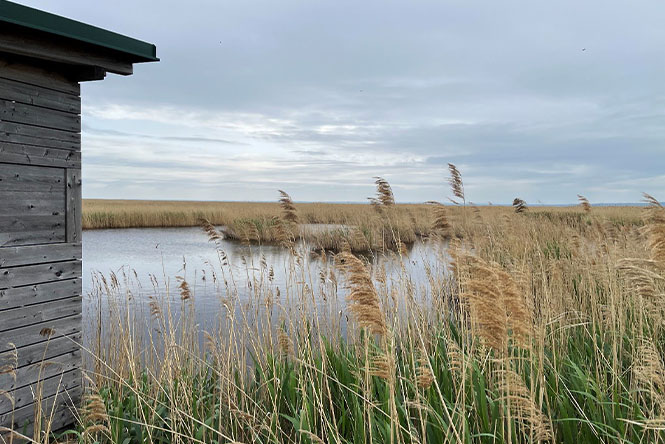
Organized as a guided ranger tour and coordinated by the Biological Station Illmitz, the approximately three-hour excursion led participants through selected conservation areas of the national park. Along the way, they gained fascinating insights into the region’s diverse flora and fauna. It became clear how climate change is already affecting this fragile ecosystem.
A central aim of the excursion was to raise awareness about the importance of biodiversity conservation. Participants discussed how individuals can contribute to preserving the natural landscape. Particular attention was given to the core themes of the INACO project:
- Development and implementation of climate change adaptation plans
- Risk assessment and sensitivity mapping
- Protection of cultural and natural heritage through preventive measures
- Introduction of the role of a “risk manager” within administrative structures
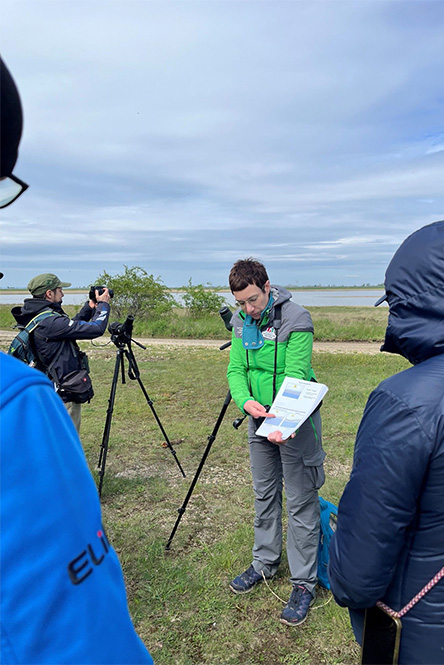
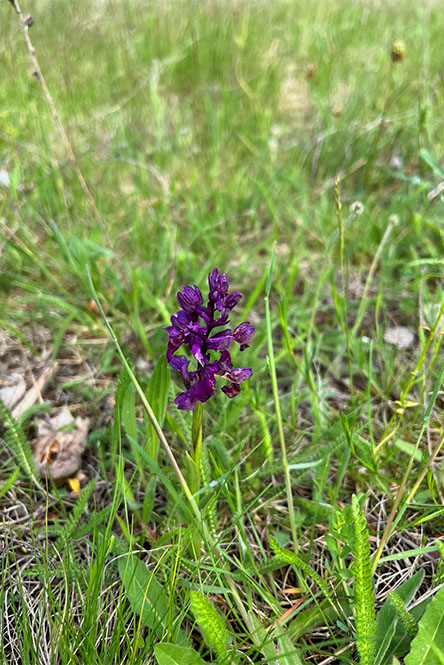
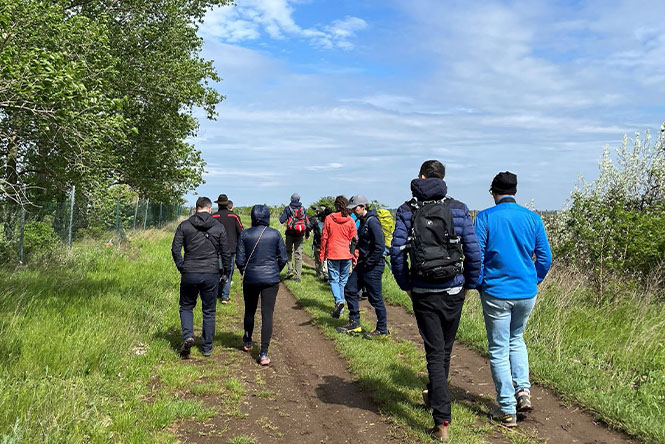
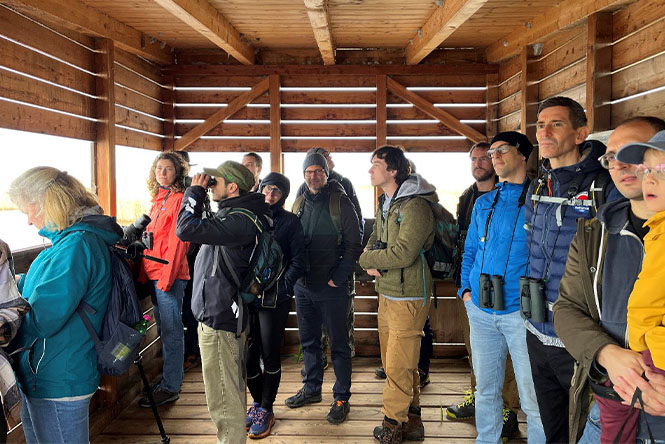
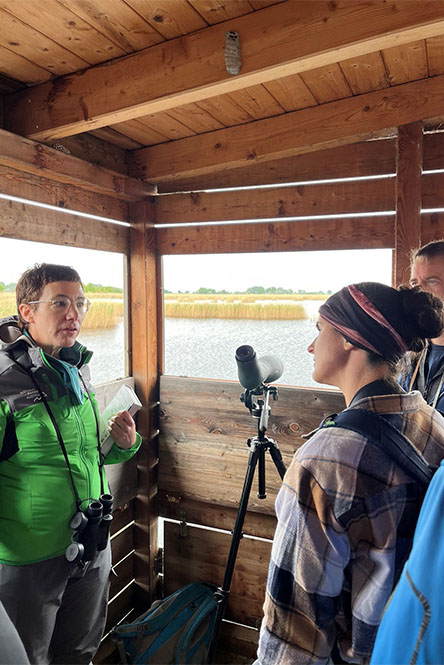
A total of 14 committed individuals took part in the excursion. They contributed their perspectives and engaged in discussions on how the tools developed within the project could be applied at the local level. The exchange was enriched by examples from other European pilot regions and fostered a strong sense of collaboration and shared responsibility.
The excursion served as a successful example of how science, public administration, and civil society can work together to develop solutions to the challenges of climate change - directly on site, in the heart of one of Austria’s most valuable natural landscapes.
INACO
The project develops transnational strategies, integrated web-based solutions and risk management plans to improve the resilience of Central European regions to the impacts of climate change on cultural and natural heritage in river basins.
The aim is to support local authorities in implementing measures to protect cultural and natural heritage sites exposed to climate change risks such as floods, storms, forest fires and droughts.
Tags



